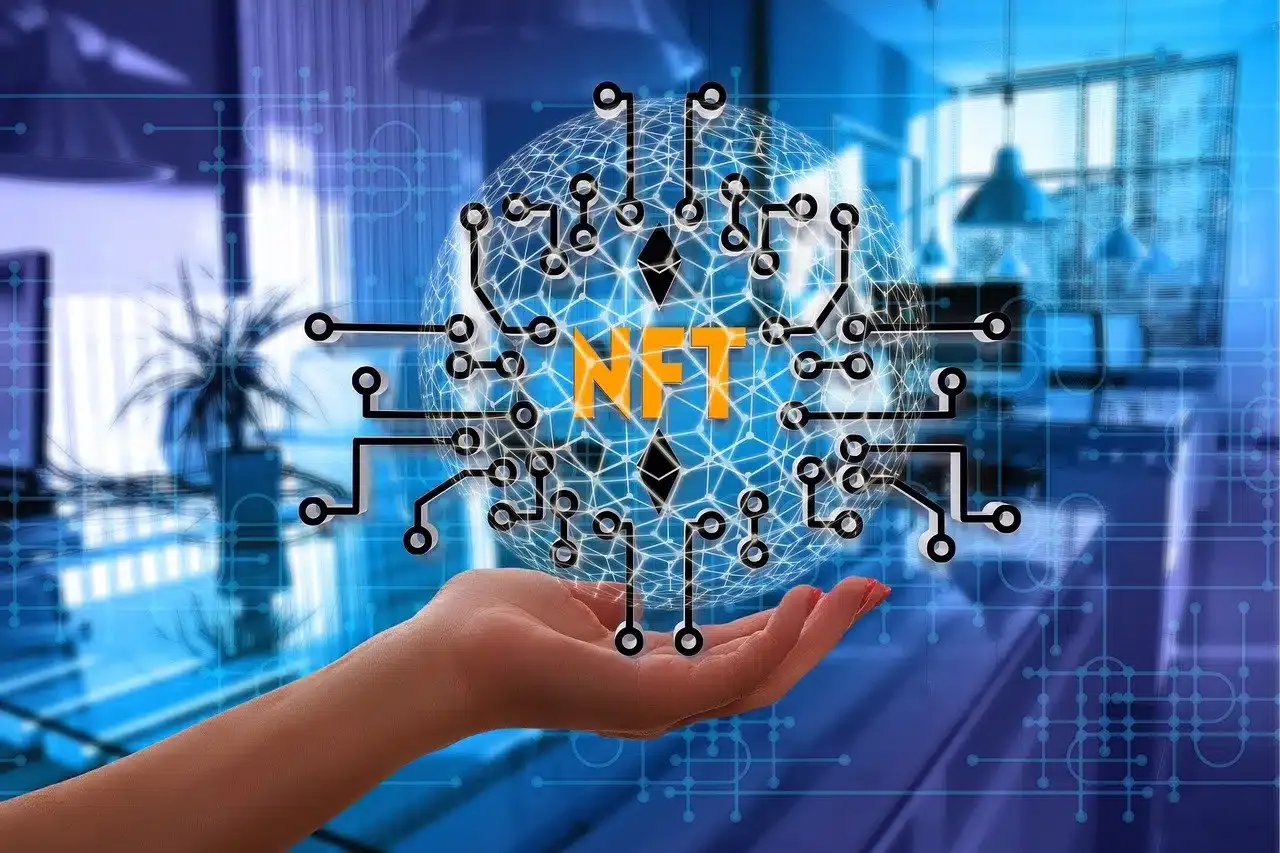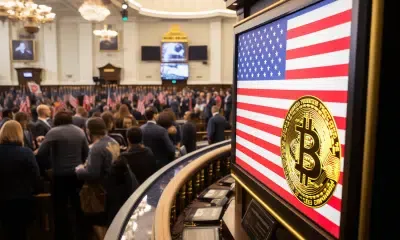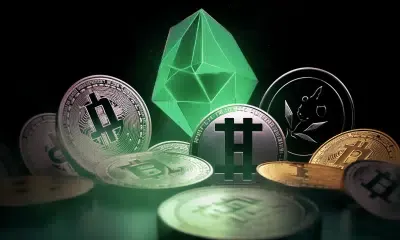NFT for Dummies: Understanding Fungible vs. Non-Fungible Tokens
Get a thorough understanding of the differences between fungible and non-fungible tokens (NFTs) with our beginner-friendly guide. Learn about the unique properties and use cases of the two.

Welcome to our easy-to-follow blog on NFT for dummies. In the world of digital asset management, new opportunities are emerging daily, and with reasonable investment decisions, one can unlock endless possibilities and earn profits. Revolutionary blockchain-based digital assets, such as Non-Fungible Tokens (NFTs), are among the best investments in this digital world.
NFTs revolutionize how we tokenize real-world assets and offer transactions that are more efficient and secure, opening up possibilities for a digital asset revolution. Unlike traditional assets, these digital tokens are unique and allow for secure storage, tracking, and exchange on the blockchain. If you’re new to NFTs and want to learn more about fungible vs. non-fungible tokens, you’ve come to the right place.
What are NFTs?
NFTs and tokens are digital assets that have been gaining much attention in the modern world. Each NFT is unique and non-interchangeable, meaning you can’t exchange one for another because each is one-of-a-kind. Tokens are fungible and interchangeable, which means you can exchange them for another token of equal value.
The blockchain immutably stores NFTs, making them safe. Each NFT carries its own unique identity and characteristics, setting it apart from other NFTs. The unique code embedded in the NFT provides it with a distinct identity and simplifies its identification on the blockchain. NFTs are revolutionizing the buying, selling, and trading of digital art, gaming, and collectibles.

NFT for dummies – Image via Pixabay
Importance of fungible vs. non-fungible tokens
NFTs are unique digital tokens that you can’t replace with another token. Like other digital tokens, they signify ownership of specific digital or physical assets and are stored on the blockchain.
NFTs can represent a wide array of items, from virtual artwork and real estate to collectibles. People use NFTs to forge digital identities and create digital collectibles. They also denote ownership of digital items, purchases, or services.
Fungible tokens
Fungible tokens are digital assets that are interchangeable and divisible. They are a form of digital currency that helps users to purchase goods and services, invest, or trade.
Examples of fungible tokens
Examples of fungible tokens are Bitcoin, Ethereum, and other cryptocurrencies. Tokens allow users to transact securely, quickly, and anonymously, making them an attractive option for investors looking to diversify their portfolios. They are highly secure, giving users peace of mind when making transactions.
Bitcoin is the most famous example of a fungible token, and Ethereum is also a good example of a fungible token.
Advantages and disadvantages of fungible tokens
Before investing, you must consider a range of advantages and disadvantages that fungible tokens offer. On the positive side, they are highly liquid, decentralized, and secure.
On the downside, they experience high levels of volatility, lack backing by any physical asset, and operate without regulation from any government or central bank. If you are considering investing in fungible tokens, weighing up all the pros and cons before making a decision is essential.
Examples of non-fungible tokens
Digital collectibles, music, film, gaming, real estate, and art are a few examples of NFTs. Creators use digital art, one of the most popular forms of NFTs, to sell their work as unique, one-of-a-kind creations that no one can copy or recreate.
To make limited-edition records or sell concert tickets, musicians and record labels are increasingly embracing music NFTs.
In the gaming industry, you can use NFTs to buy and trade virtual goods such as clothes or weapons, enhancing the gaming experience. NFTs can also represent ownership of increasingly common virtual real estate in virtual worlds.
Finally, you can digitalize and sell collectibles like sports cards or trading cards as NFTs, allowing collectors to enrich their collections with unique items.
Advantages and disadvantages of non-fungible tokens
NFTs provide several advantages. Firstly, they are highly secure when stored on the blockchain, and they resist censorship. They are also unique and ideal for digital art, music, and collectibles.
However, Non-Fungible Tokens also have some disadvantages. Fungible Tokens are more liquid than Non-Fungible Tokens, making it difficult to exchange them for other currencies, goods, and services.
Fungible vs. non-fungible tokens
The difference between fungible and non-fungible tokens is essential when considering their use cases. Fungible tokens, such as Bitcoin, are interchangeable and divisible. This means that one bitcoin is the same as any other bitcoin and can be divided into smaller units.
On the other hand, NFTs are not interchangeable and cannot be divided. Each token has unique properties, making it distinct from other tokens.
Fungible tokens are like a handful of coins; each one is identical and interchangeable with another. They are liquid assets that can be easily traded, exchanged, and used as currency.
In contrast, NFTs are unique. They represent digital assets like digital artwork, collectible cards, or rare items in video games. Non-fungible tokens represent ownership of a unique asset.
How does NFT work for beginners?
Blockchain technology is used to construct NFTs, making them distinct and non-transferable digital assets. Each NFT is given a special identification number that is recorded on the blockchain and makes it difficult to copy or alter. The blockchain records the ownership and transfer of NFTs, assuring security and transparency.

How NFTs work – Image via Pixabay
How NFTs are created and stored on the blockchain
Sophisticated smart contracts on the blockchain create non-fungible tokens. These smart contracts specify the asset’s rules and conditions, including ownership, transferability, and other relevant details. Once created, the smart contract becomes publicly visible and is securely stored on the blockchain.
The NFT is a unique token that represents a digital asset stored on the blockchain and contains asset data. Upon creation, the blockchain assigns a unique identifier to the NFT, simplifying its identification and tracking.
What gives NFTs value
NFTs have value due to their scarcity, uniqueness, and usability. For example, a CryptoKitty is a scarce digital asset with a unique appearance and can be used to breed, collect, and trade digital cats. This gives it value, as users are willing to pay for it.
How NFTs are bought and sold
You can buy and sell NFTs similarly to other digital assets like cryptocurrencies. They are tradable on online exchanges, peer-to-peer marketplaces, or through individual sellers. Typically, transactions for buying and selling NFTs occur on an Ethereum-based blockchain network, such as the Ethereum Virtual Machine, or via the ERC-721 protocol.
Buyers can purchase NFTs with cryptocurrency, fiat currency, or other forms of digital payment, such as PayPal or Apple Pay. When selling an NFT, owners can set their prices and list their tokens on the same exchanges or marketplaces they used to purchase.
Popular uses of NFTs
Art
NFTs are revolutionizing the art industry. Artists can now tokenize their artwork and sell it to collectors on the blockchain, which makes it easy for artists to monetize their artwork and also for collectors to easily buy and sell digital artwork.
Music
Musicians are also using NFTs to monetize their music. They can tokenize their pieces and sell them to fans on the blockchain, making it easy for musicians to get paid for their work and for fans to access music easily.
Gaming
Game developers in the gaming industry are also using NFTs to create digital items that gamers can easily buy, sell, and trade on the blockchain. This makes the quick buying and selling of virtual items convenient for gamers.
Collectibles
Users can easily collect and trade digital items because NFTs are being used to create digital collectibles.
Make the most of your time by attending these top NFT events.

Understanding NFTs like dummies – Image via Pixabay
What is the future of NFTs?
The future of NFTs looks bright. As more people become aware of their potential, use cases will continue to grow and become mainstream. NFTs will open up new opportunities for artists, creators, and entrepreneurs to monetize their digital assets in innovative ways. To learn more you can attend any of these top 9 NFT events that are going to happen in 2023.
Additionally, NFTs will continue to be used to transfer ownership of digital assets on the blockchain securely. As technology continues to improve, NFTs could eventually become a more secure and efficient way to buy, sell, and trade digital assets.
Recap of key points
In this blog, NFT for dummies, this is what we learned:
-Non-fungible tokens are the leading asset of the modern world.
-They are non-fungible, meaning they are not interchangeable and cannot be divided.
-Examples of NFTs include digital art, music, gaming items, real estate assets, and collectibles.
-They are created and stored on the blockchain, making them highly secure and resistant to censorship.
-They have value due to their uniqueness and usability.
Conclusion
The world of digital asset management is rapidly evolving, and Non-Fungible Tokens are at the forefront of this change. NFTs are unique and non-interchangeable digital assets that are stored securely on the blockchain. They offer several advantages, such as high security and immutability, making them an ideal investment for digital art, music, and collectibles.
While fungible tokens like Bitcoin and Ethereum are highly liquid and secure, they lack the unique properties of NFTs. The widespread use of NFTs in various industries, such as art, gaming, and collectibles, demonstrates their value and potential. Therefore, it is essential to consider investing in NFTs and weigh up their pros and cons before making any investment decisions.




